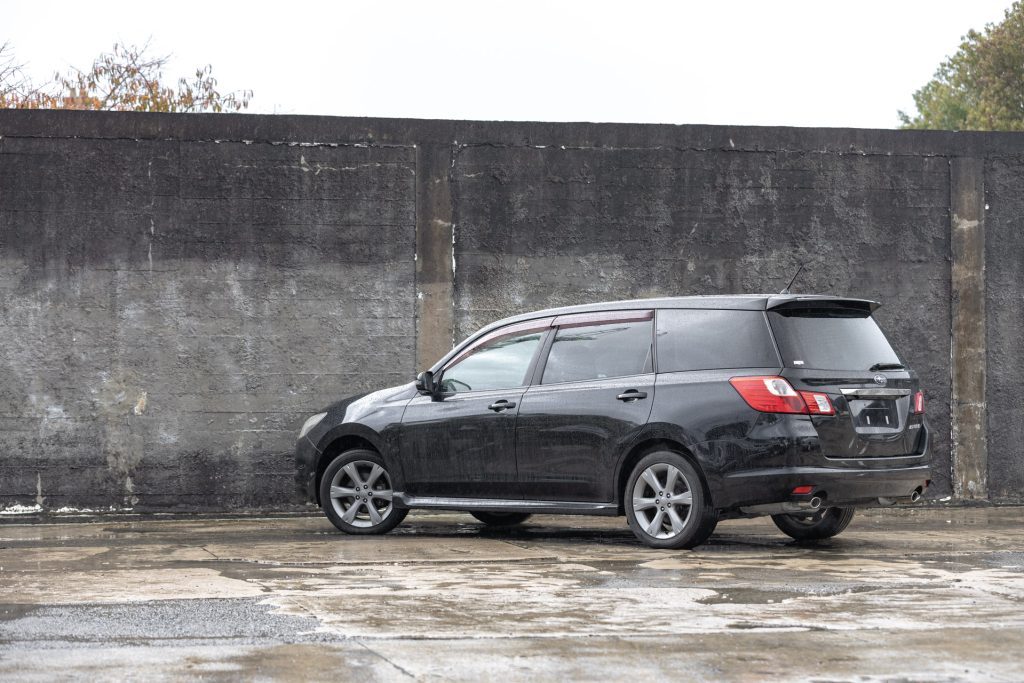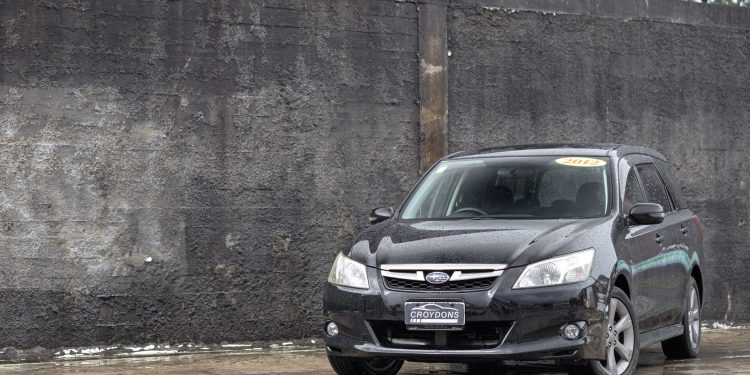2008-2016 Subaru Exiga – ReView
Words: Richard Edwards | Photos: Alex Schultz
People movers, MPVs, minivans – whatever you want to call them – remain one of the best ways to shift around a family where the headcount has exceeded that of a traditional five-seat car. But they are, to be blunt, uncool in New Zealand. You know what is cool? Station wagons. So how about a people-moving station wagon?
In 2008, Subaru came up with just that. The Subaru Exiga is a unique seven-seat wagon that in principle blends the handling of a car with the practicality of an MPV. Never sold new in New Zealand, it’s become a popular used import thanks to its full-time AWD (on most models), strong boxer engines and surprisingly spacious interior.
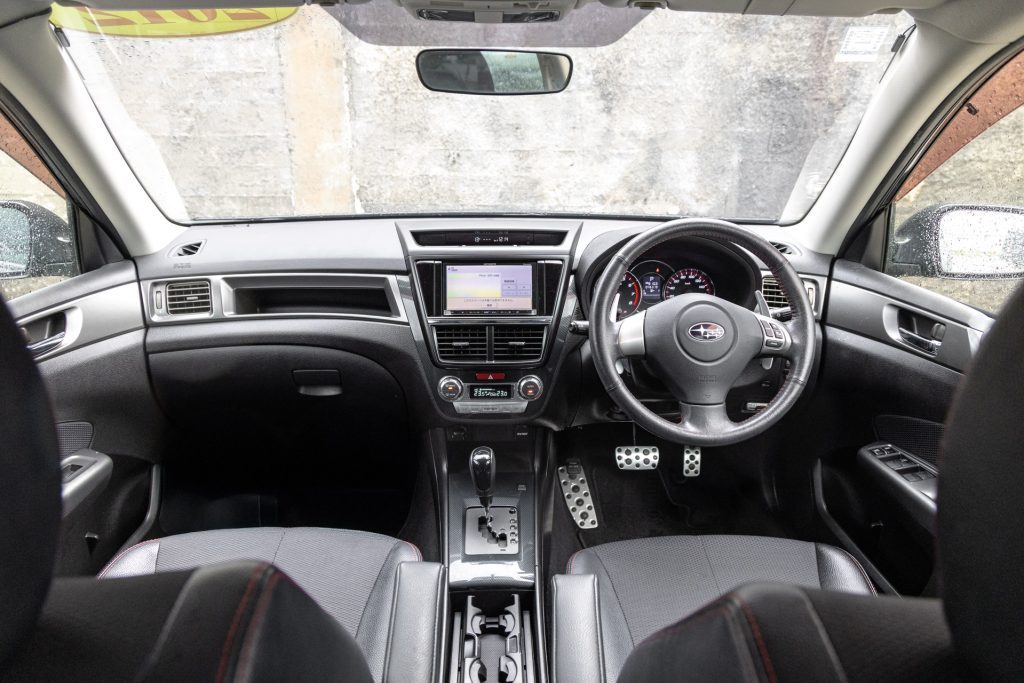
Who is it for?
The Exiga suits families or active households who want seven seats without stepping up to a full-size SUV or minivan. It’s ideal for people who want the assurance of Subaru’s AWD for weekend trips and ski field access but still want to drive a car that handles like a wagon. The second-row seats offer plenty of legroom and the third row is usable even for adults, unlike in many compact seven-seaters. Boot space with all seats up is tight, but fold the third row and you’ll get usable cargo capacity.
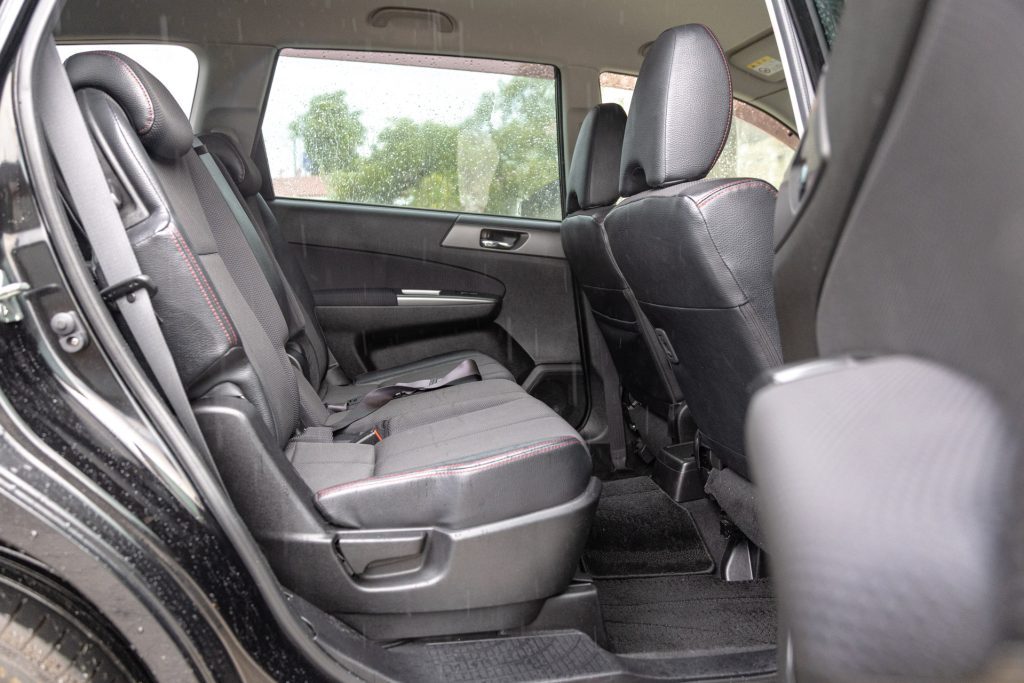
What is it like?
Inside, the Exiga is practical rather than plush. Most models have durable cloth interiors, though higher trims get part-leather, push-button start and dual-zone climate control. The panoramic roof (an option on some models) and theatre-style seating mean the cabin feels open and airy. The main drawback is a lack of rear air vents, which can be a pain in summer.
On a drive, the Exiga handles better than most seven-seaters thanks to its low centre of gravity and car-based chassis. The steering is light but responsive and body roll is minimal. Ride quality is comfortable and road noise is moderate. AWD models offer excellent grip, especially in poor weather.
Engines include a 2.0L (109 kW), a 2.5L (125 kW) and a 2.0L turbo (165 kW) in the GT model. Most models use a CVT, while the GT comes with a five-speed auto. The 2.0L is adequate around town but can feel strained with a full load. By contrast, the 2.5L is more relaxed and suits NZ roads better. The 2.0GT is surprisingly quick, with 0–100 km/h in under eight seconds. Fuel economy ranges from around 8.0L/100 km (2.0L CVT) to over 10L/100 km in the GT.
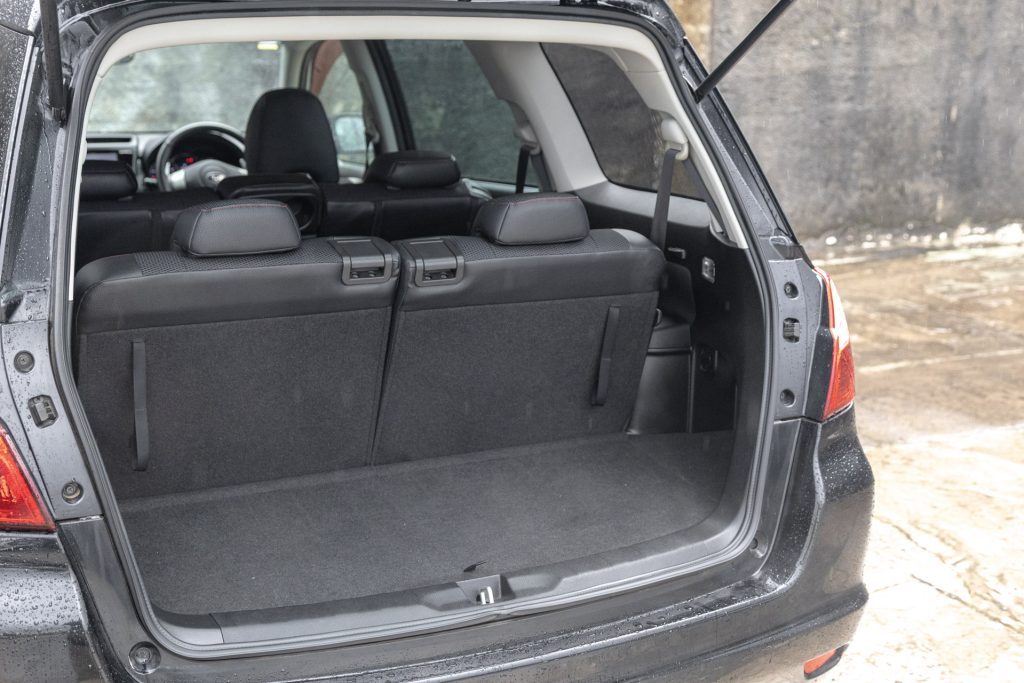
What are the options?
Virtually all NZ Exigas are Japanese imports – it was sold new in Australia so a few private units may have crossed the ditch. Common trims include:
2.0i / 2.0i-S: Base and mid-spec. Steel or alloy wheels, manual or auto A/C, FWD or AWD. CVT gearbox from 2009 on.
2.5i / 2.5i-S: AWD-only. Better equipment and smoother performance. Often includes leather trim, climate control, power seating.
2.0GT: Turbo AWD with five-speed auto. Sportier suspension, HID headlights, panoramic roof, and higher-grade interior.
Later models may feature Subaru’s EyeSight safety tech (AEB, adaptive cruise), and side/curtain airbags became more common after 2010. All models have ISOFIX, but not all have full airbag coverage so check each car individually.
Subaru also released a final version called the Exiga Crossover7 in 2015. It featured SUV-style body cladding, a slightly raised ride height and was only available with the 2.5L AWD CVT powertrain. Looking a bit like an Outback, it may appeal to buyers looking for a more rugged, crossover-themed variant.
What should I look out for?
The Exiga is generally reliable, sharing many parts with the Legacy and Outback. Still, watch for:
Timing belt: Most engines need a cambelt change at 100,000 km. Confirm that it’s been done.
Oil leaks: Boxer engines can develop gasket seepage over time.
CVT health: Ensure smooth operation; judder or flare can mean wear.
Rust: Rare, but check underbody, especially in former snow-region cars.
Tyres: AWD requires matching tyres all around to avoid drivetrain issues.
What else should I consider?
Alternatives include the Toyota Wish (FWD, more compact, very reliable), Honda Stream (sporty but a tight third row) and Mazda Premacy (with sliding doors). If you want a roomier seven-seater, look at the Honda Odyssey or Toyota Estima.
What should I pay?
Dealer pricing:
2008–2010: $7,000–$10,000
2011–2014: $10,000–$16,000
2015–2016 (Crossover7): $14,000–$19,000
Private sale pricing:
2008–2010: $5,000–$8,000
2011–2014: $8,000–$13,000
2015–2016 (Crossover7): $12,000–$16,000
The 2.5i-S and GT models attract a premium. EyeSight and leather also add cost. A clean, low-km, NZ-certified import with full airbag coverage and a recent cambelt change is worth seeking out.
